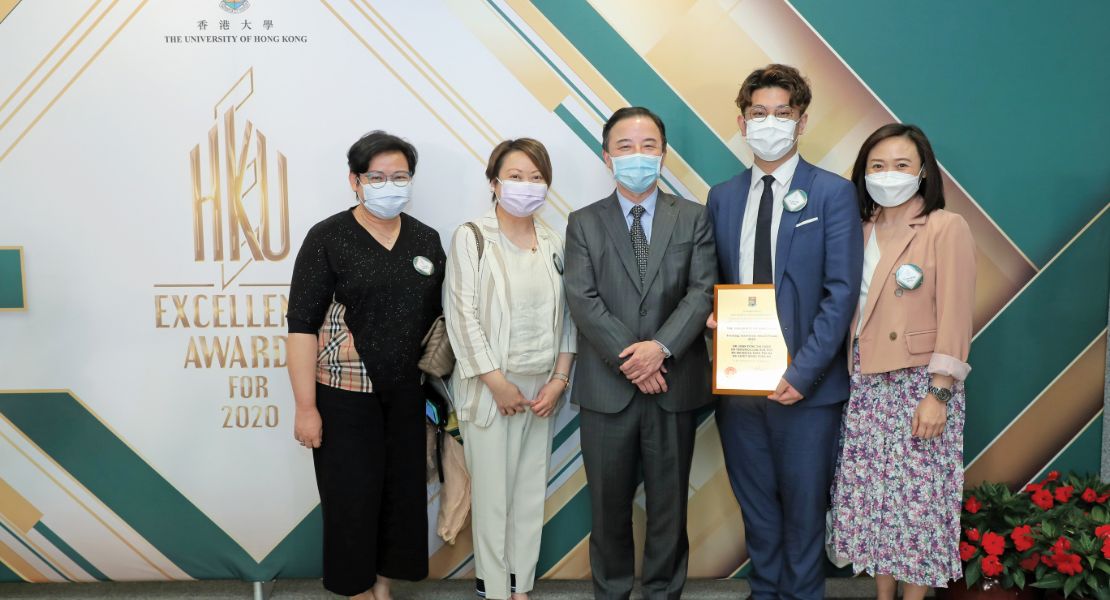Students Stay on Track with Virtual Simulation
Dr John Fung Tai-chun | Lecturer
COVID-19 has presented many challenges to society, not least in educating future health practitioners who traditionally are assessed in the clinical setting. Here in the School of Nursing, we quickly realised that we would have to adapt and innovate to enable students to apply their knowledge in practical ways, while also respecting the need for safe distances between students, patients and teachers.
The result of our efforts has won our team the HKU Teaching Innovation Award for 2020.
Our solution to the restrictions of COVID-19 was to not only use virtual simulation in our teaching and assessment – others have also been testing this and written about it – but to introduce guided self-reflection. Learning can take place both during a simulation activity and afterwards, in reflecting on that experience in a structured manner. We brought in facilitators – including myself and other team members – who prompted students to review their performance, look at specific issues identified by facilitators and peers, and understand how the lessons learned could be applied in future.
The approach was used for 188 final-year Nursing students for the assessed clinical practicum and it meant they could fulfil the requirement of demonstrating their clinical competencies. Usually, this is done in face-to-face sessions, but for obvious reasons, this was not possible under pandemic conditions.
The students were presented with four case scenarios over two days. On each day there was a pre-briefing session about the cases, then students accessed the cases through the virtual education simulator. They were given four hours to complete two scenarios. Each group of 6-7 students had one facilitator to guide them through the activity and through a debriefing session on Zoom.
The guided debriefing – our key innovation – involved a three-step model in which students were first led to defuse their emotions and describe the events, including difficulties encountered; second, to self-reflect and identify the rationale behind their decisions, under the guidance of their facilitator who also provided feedback; and third, to consider how to apply their new learning in practice. Students were also encouraged to comment on each other’s performance to provide peer feedback.
The results were very encouraging. Students reported significant improvement in their clinical competence, satisfaction and self-confidence, and they felt that both simulated and traditional clinical environments were effective for learning. They also felt the nursing process was better learnt through virtual simulation. The virtual environment fell short, however, on communication and critical thinking elements, which will need to be taken into account when using this approach in future.
All this suggests that virtual simulation with guided feedback can be an effective alternative clinical training modality when traditional face-to-face is not available – with the proviso that these activities be embedded in a flexibly generative and sustainable ecosystem. My team and I believe that this approach enabled us to fulfil our School’s chief aim of inspiring students to learn proactively such that they could gain skills and insights for solving real-life problems independently.
Virtual simulation need not be confined to pandemic conditions, either. Other studies have pointed to its suitability for situations that are difficult to access, such as disaster response. Other disciplines in the health and medical professions may also benefit from using it. Virtual simulation is emerging as a regular feature in education and our team was pleased to be able to provide evidence about its effectiveness and how to get the most impact from it in a Hong Kong setting.





